The Ultimate Guide: How to Start a Successful Lifestyle Blog Today
Category: Web Design

11 mins read
Are you passionate about sharing your personal experiences, tips, and opinions on fashion, travel, food, and beauty? Starting a lifestyle blog is a great way to showcase your creativity and connect with like-minded individuals and make money. In this article, we will guide you through the steps to starting a lifestyle blog and share examples of successful lifestyle bloggers who have turned their passions into successful careers.
In this article:
Part 1. What is a lifestyle blog?
A lifestyle blog is a type of blog that focuses on the personal interests and experiences of the blogger. The content of a lifestyle blog can vary widely, but it often includes topics such as travel, food, fashion, beauty, health, and wellness. The goal of a lifestyle blog is to provide readers with a glimpse into the blogger's life and to inspire them to live their best life by following the blogger's advice and recommendations.
One of the main differences between a lifestyle blog and other types of blogs is the personal nature of the content. While other types of blogs, such as news blogs or business blogs, may focus on providing information or promoting products, a lifestyle blog is all about sharing personal experiences and opinions. This creates a sense of connection between the blogger and their readers, as readers feel like they are getting to know the blogger on a more personal level.
Another difference is the visual component of a lifestyle blog. Lifestyle bloggers often use a lot of high-quality photos and videos to showcase their experiences and products. This helps to create a visually appealing and engaging experience for the reader, which is important for keeping them coming back for more.
Overall, a lifestyle blog is a great way to share your personal interests and experiences with others, while also providing valuable information and inspiration. By understanding the unique characteristics of a lifestyle blog, you can start creating content that resonates with your audience and helps you achieve your blogging goals.
Part 2. Steps to start a lifestyle blog
Starting a lifestyle blog can be an exciting and rewarding experience. Whether you want to share your passion for fashion, travel, food, or wellness, blogging can provide a platform to showcase your creativity and connect with like-minded individuals. Here are some essential steps to start a successful lifestyle blog:
1. Choose a niche
Before you start a lifestyle blog, it is essential to identify your niche. Your niche should reflect your interests and passions. A niche will help you to focus your content and build an audience interested in your topics. For example, if you are passionate about travel, you could start a travel blog that focuses on budget travel or luxury travel. If you are passionate about fashion, you could start a fashion blog that focuses on sustainable fashion or street style.
Here are some tips to help you choose the perfect niche for your lifestyle blog:
- Identify your passions and interests: Think about what you love to do in your free time, your hobbies, and what excites you. Consider turning these passions and interests into a niche for your blog. For example, if you love cooking, you could focus on sharing healthy recipes and cooking tips.
- Analyze your target audience: Consider who you want to read your blog and what their interests are. Your niche should be tailored to the interests and needs of your target audience. For example, if you want to target working moms, you could focus on topics related to parenting, work-life balance, and time management.
- Research the competition: Do some research on other lifestyle bloggers in your potential niche. Look at what topics they cover, how they approach their content, and what makes them stand out. This can help you identify gaps in the market and find a unique angle for your blog.
- Consider your expertise: Think about your skills, knowledge, and experience. Consider how you can leverage these to create a unique and valuable blog. For example, if you have a background in fashion, you could focus on sharing style tips and trends.
- Experiment: Don't be afraid to experiment with different niches and see what works best for you. Test out different topics and see which ones resonate with your audience. Be flexible and willing to adapt as you grow and evolve as a blogger.
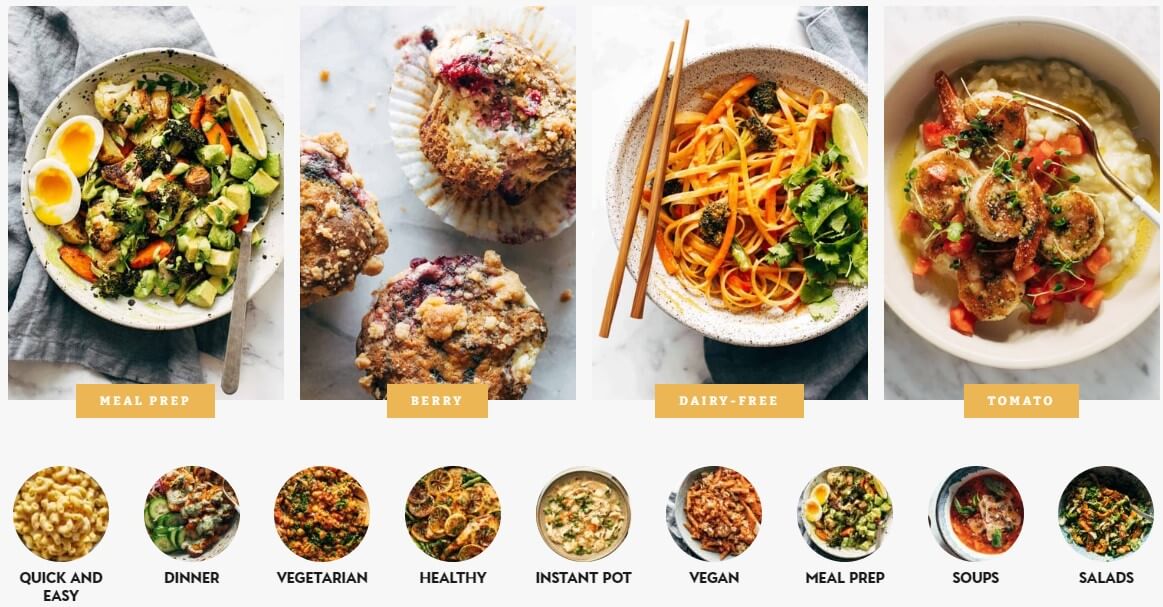

Overall, choosing a niche for your lifestyle blog should be a fun and creative process. With a clear niche, you can create a unique and valuable blog that resonates with your audience and helps you stand out in a crowded market.
2. Choose a blogging platform
Choosing the right blogging platform is crucial to the success of your blog. Some popular blogging platforms include WordPress, Blogger, and Squarespace. WordPress is the most popular platform, and it is flexible and easy to use. Blogger is a free platform that is suitable for beginners, while Squarespace is a more comprehensive platform that is ideal for bloggers who want to create a professional-looking website.
However, for a lifestyle blogger, each of the blogging platforms I mentioned has their own advantages and disadvantages. Here's a breakdown of each platform:
WordPress
- Offers a lot of flexibility and customization options
- Has a large community of developers and users, making it easy to find help and support
- SEO friendly
- Can be more difficult to set up and manage for beginners
- Requires some technical knowledge to customize the website beyond the basics
- Recommendation: If you're comfortable with technical aspects of website management and customization, WordPress may be a good choice for you. It offers a lot of flexibility and customization options, which can be important for a lifestyle blogger.
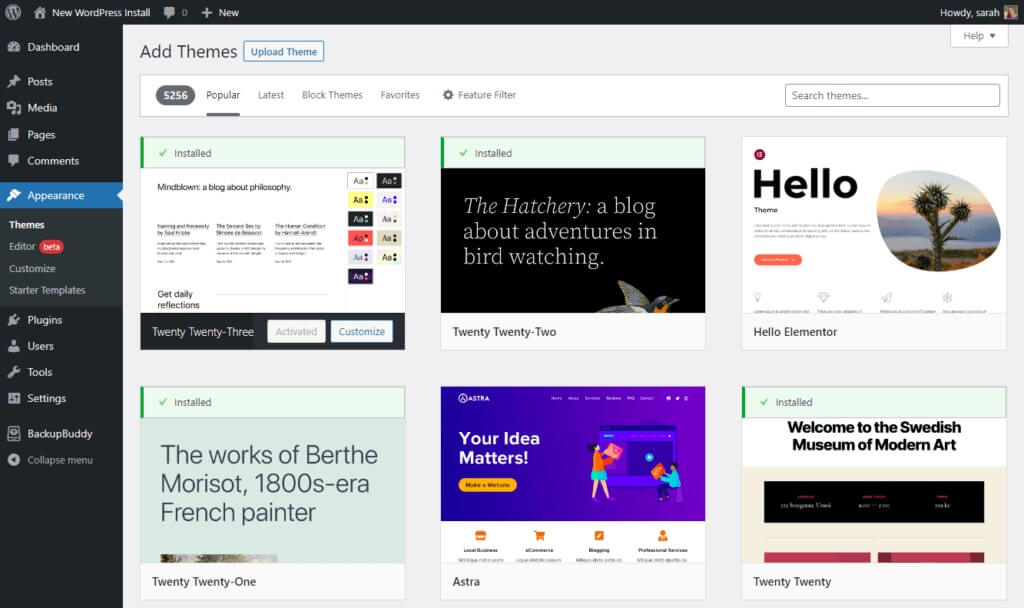
Blogger
- Easy to use and set up, even for beginners
- Integrated with other Google services
- Free to use
- Limited customization options compared to other platforms
- Limited support and community compared to other platforms
- Not as SEO-friendly as other platforms
- Recommendation: If you're just starting out and want a platform that's easy to use and free, Blogger may be a good choice. However, keep in mind that its customization options are limited and it may not be as SEO-friendly as other platforms.
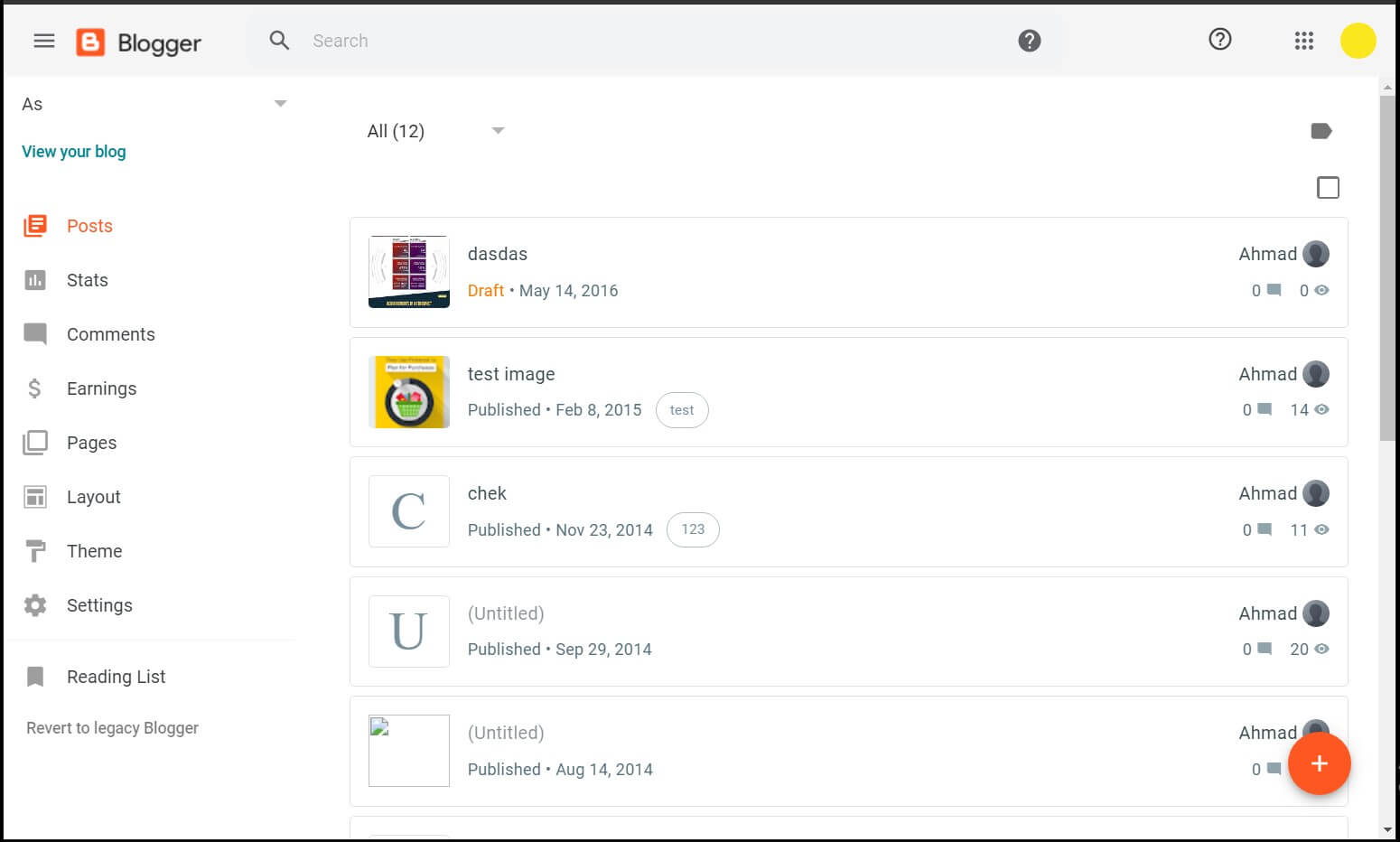
Squarespace
- Offers a variety of professionally designed templates
- Easy to use, even for beginners
- Good for visually-oriented websites
- More expensive than other platforms
- Limited customization options compared to other platforms
- Not as SEO-friendly as other platforms
- Recommendation: If you're focused on creating a visually appealing website and don't mind paying a little more, Squarespace may be a good choice. However, keep in mind that its customization options are limited and it may not be as SEO-friendly as other platforms.
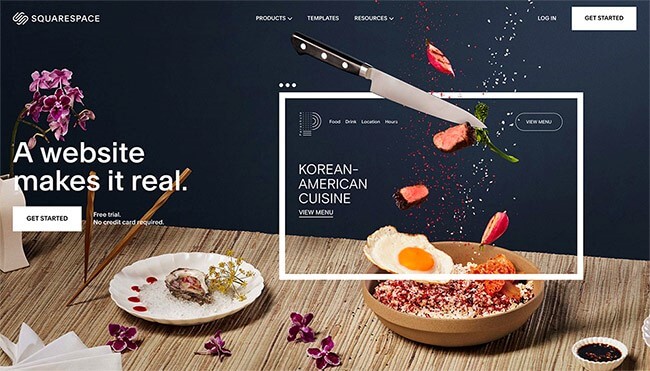
In conclusion, the best platform for you depends on your specific needs and preferences. If you value flexibility and customization, WordPress may be a good choice. If you want something that's easy to use and free, Blogger may be a good choice. And if you want a visually appealing website and don't mind paying more, Squarespace may be a good choice.
3. Choose a domain name and hosting service
Your domain name is your blog's address, and it is essential to choose a domain name that reflects your blog's niche. A hosting service will provide you with the space to store your blog's files and make it accessible on the internet. Some popular hosting services include Bluehost, SiteGround, and HostGator. Here is the introduction of these domain name generators:
- Bluehost: a web hosting company that has been around since 2003. They are known for their user-friendly interface, reliable uptime, and excellent customer support. Bluehost's domain name generator helps you find available domain names by suggesting variations of
- SiteGround: a web hosting company that was founded in 2004. They are known for their fast and secure hosting, as well as their excellent customer support. SiteGround's domain name generator helps you find available domain names by suggesting variations of your keyword and providing additional keywords to help you come up with unique and catchy domain
- HostGator: a web hosting company that has been around since 2002. They are known for their affordable pricing and user-friendly interface. HostGator's domain name generator helps you find available domain names by suggesting variations of your keyword, generating random combinations of words, and checking the availability of domain names that are expiring soon.
Choosing a domain name for your lifestyle blog is an important decision, as it will be the online identity of your brand. A domain name should be memorable, easy to spell and type, and ideally, it should reflect the theme or purpose of your blog. Hereby, we provide you with some tips on how to choose a suitable domain name for your lifestyle blog:
- Keep it simple and easy to remember: Your domain name should be easy to remember and easy to spell. Avoid using complex or long words that may be difficult for people to type or remember. Keep it short, sweet, and to the point.
- Reflect the purpose of your blog: Your domain name should give some indication of what your blog is about. Think about the themes and topics you will be covering, and try to incorporate them into your domain name.
- Consider using keywords: Keywords can help people find your blog more easily through search engines. Consider using keywords related to your niche or topics in your domain name.
- Avoid using hyphens or numbers: Hyphens and numbers can make your domain name more difficult to remember and type. Try to stick to simple, alphanumeric domain names.
- Check for availability: Before settling on a domain name, check to see if it is available. You can use domain name search tools to check if a domain name is already taken. If it is, consider using a different extension or variation of the name.
- Choose a domain extension that suits your brand: There are a variety of domain extensions available, such as .com, .net, and .org. Consider which extension best suits your brand and target audience.
- Think about branding: Your domain name is a key component of your brand identity. Consider how it will look on business cards, social media profiles, and other marketing materials.
By following these tips, you can choose a suitable domain name that is memorable, easy to remember, and reflects the purpose of your blog.
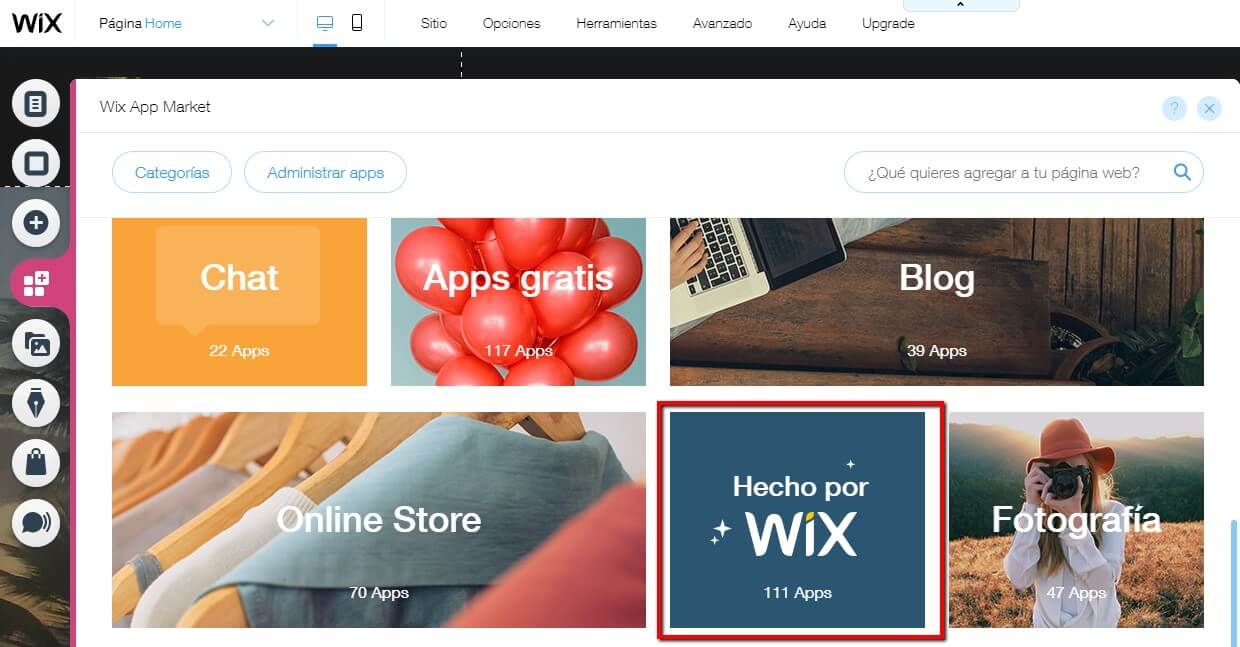
4. Design your blog
Once you've chosen your platform and hosting service, it's time to design your blog. This involves choosing a theme, customizing your layout, and adding your logo and other branding elements. If you're not comfortable designing your blog yourself, you can hire a web designer or use a template from your blogging platform. I would recommend the website designer Wix for people.
Wix is a popular website builder platform that provides a wide range of customizable templates that are specifically designed for bloggers. They offer a user-friendly drag-and-drop interface that allows you to easily customize your blog's layout, add your logo and branding elements, and create a visually appealing design.
Moreover, Wix offers a variety of blogging tools such as a customizable blog feed, comment section, and social media integration, which can help you build a loyal readership, grow your blog's traffic and create a professional-looking blog without the need for technical expertise.
5. Create high-quality content
Creating high-quality content is the key to building an audience and attracting readers to your blog, thus creating a successful lifestyle blog. Your content should be informative, engaging, and visually appealing. You can use a variety of content formats, such as text, images, videos, and infographics, to make your blog posts more interesting.
Creating high-quality content for lifestyle bloggers requires a combination of creativity, research, and attention to detail. Except for finding your niche- knowing your audience and what they are interested in , which will help you create more relevant and engaging content, here are some other suggestions to help you produce exceptional content:
- Plan your content: Create an editorial calendar to plan your content in advance. This will help you stay organized and ensure you are consistently producing high-quality content. You can use tools like Trello, Asana or Google Calendar to create a schedule.
- Research and learn: Stay up-to-date with the latest trends and news in your niche. Read blogs, follow social media accounts, and attend events to stay informed. This will help you create more informed and insightful content.
- Create eye-catching visuals: Use high-quality images and videos to make your content more visually appealing. You can use tools like Canva or Adobe Spark to create graphics and infographics.
- Write with clarity and concision: Use simple language and clear sentences to convey your message. Avoid using jargon or complex terms that may confuse your readers.
- Edit and proofread: Review your content carefully to ensure it is error-free and well-structured. Use tools like Grammarly, Hemingway Editor or ProWritingAid to help you with grammar and style.
- Engage with your audience: Encourage feedback and respond to comments and messages from your readers. This will help you build a loyal following and create a community around your blog.
In addition to these suggestions, there are several tools that can help you create high-quality content as a lifestyle blogger. Some of these include:
- Canva: A graphic design tool that allows you to create custom images and graphics for your blog.
- Grammarly: An online writing assistant that helps you identify and correct grammar, spelling, and punctuation errors.
- Google Analytics: A free web analytics tool that provides valuable insights into your blog's performance, including traffic sources, user behavior, and engagement.
- Hootsuite: A social media management tool that allows you to schedule posts, track engagement, and manage multiple accounts from one platform.
- BuzzSumo: A content marketing tool that helps you identify popular topics and trends in your niche, and analyze your competitors' content strategies.
By implementing these suggestions and using the right tools, you can create high-quality content that resonates with your readers and helps you grow your audience as a lifestyle blogger.
6. Promote your blog
Promoting your blog is a crucial step towards establishing your online presence and reaching out to a wider audience. Utilizing social media platforms such as Facebook, Twitter, and Instagram can help you create a strong online following and interact with your readers. It's also a good idea to leverage email marketing strategies to promote your blog and keep your subscribers engaged with your content. Additionally, guest posting on other relevant blogs is an effective way to drive traffic to your own blog and establish yourself as an authority in your niche. In order to maximize your blog's exposure and visibility, consider collaborating with influencers or partnering with other bloggers to reach even more potential readers. Remember, consistent and strategic promotion is key to growing your blog's readership and building a loyal community of followers.
7. Monetize your blog
This is the last step-how to make money with a lifestyle blog? Once you have built an audience, you can monetize your blog by using various methods. You can use affiliate marketing to promote products and earn a commission on sales, sell digital products like e-books and courses, or display ads on your blog.
- Affiliate marketing: This involves promoting other people's products or services and earning a commission on any sales made through your unique affiliate link. To implement this, lifestyle bloggers can sign up for affiliate programs relevant to their niche, such as fashion or beauty, and include affiliate links within their blog content. They can also use social media to promote the products they're affiliated with.
- Sell digital products: Lifestyle bloggers can create and sell their own digital products, such as eBooks, courses, or printables. They can use platforms like Gumroad, SendOwl, or Shopify to set up their online store and sell their digital products directly to their audience.
- Display ads: This involves placing advertisements on your blog and earning money from the ad revenue. To implement this, lifestyle bloggers can sign up for ad networks such as Google AdSense or Mediavine, and place the ads on their blog. They can also optimize their blog for higher ad revenue by strategically placing ads and using ad formats that perform well with their audience.
Part 3. Examples of successful lifestyle bloggers
If you're looking for inspiration, there are plenty of successful lifestyle bloggers out there to follow.
- Aimee Song: the founder of Song of Style, has been blogging since 2008 and is known for her impeccable fashion sense and travel adventures.
- Emily Schuman: the creator of Cupcakes and Cashmere, started her blog in 2008 as a way to document her favorite things, including fashion, beauty, and food.
- Joanna Goddard: the founder of A Cup of Jo, has been sharing her musings on everything from motherhood to relationships to design since 2007.
- Lee Tilghman: if you're interested in wellness, check out Lee From America, a blog run by Lee Tilghman, who shares her healthy lifestyle tips and recipes with her readers.
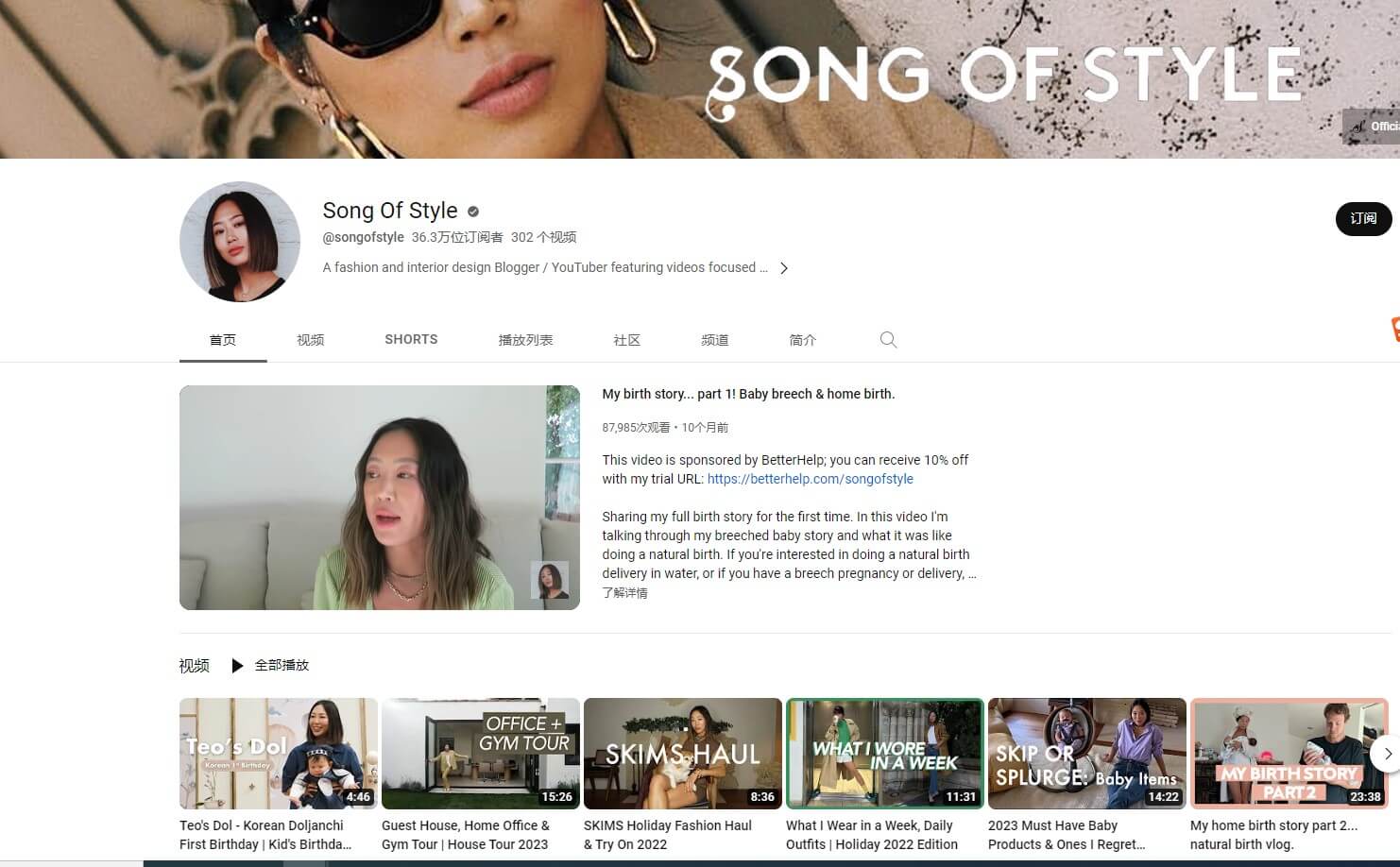
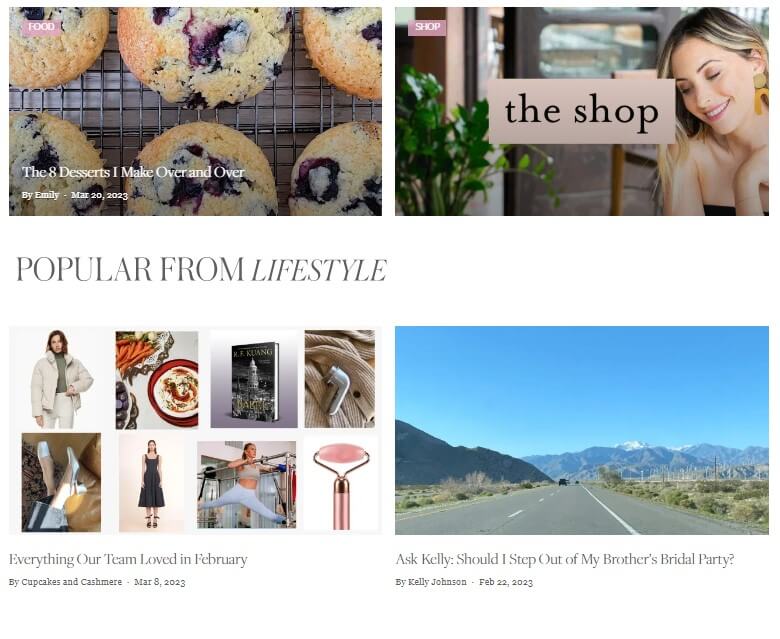
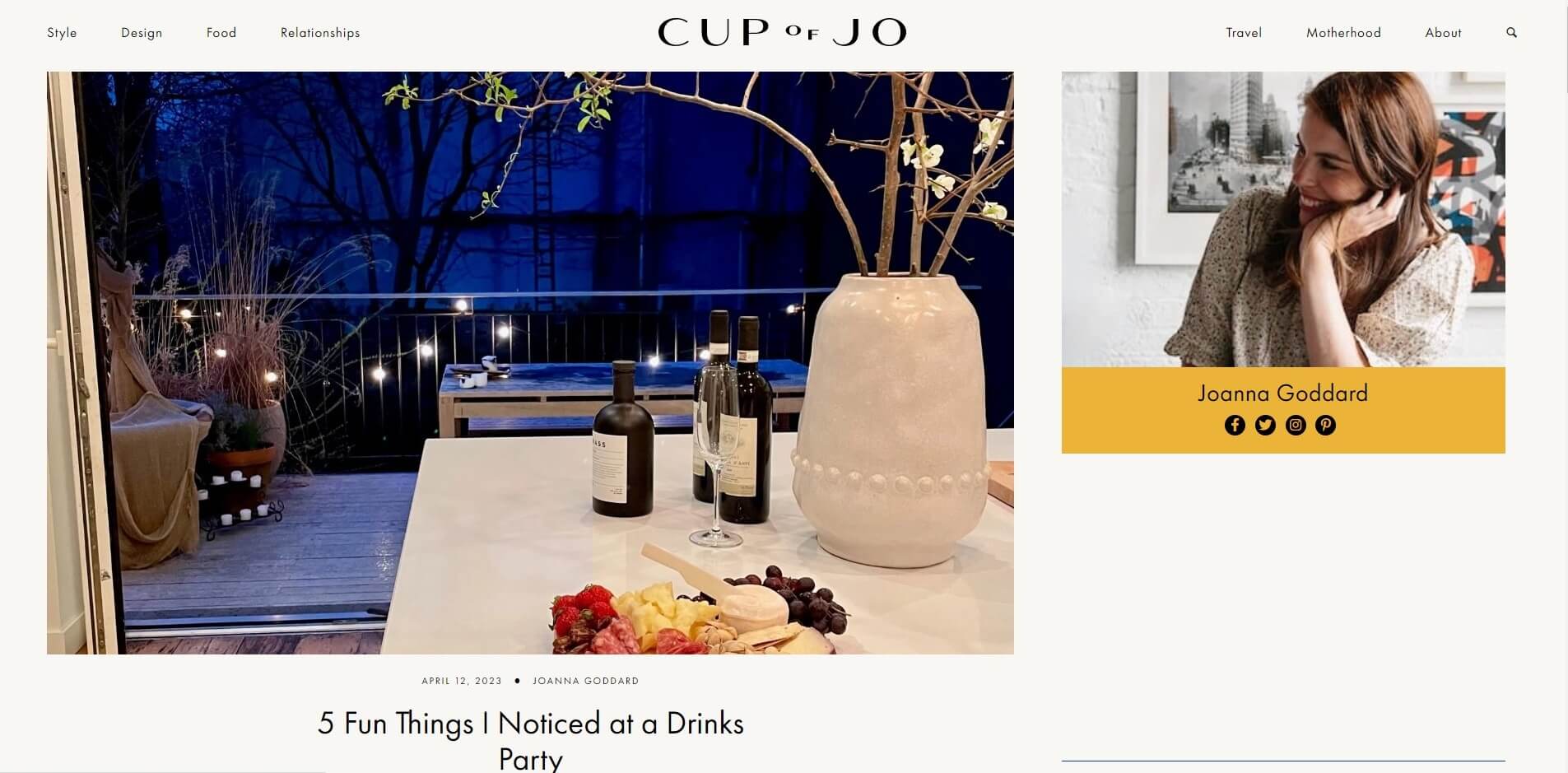
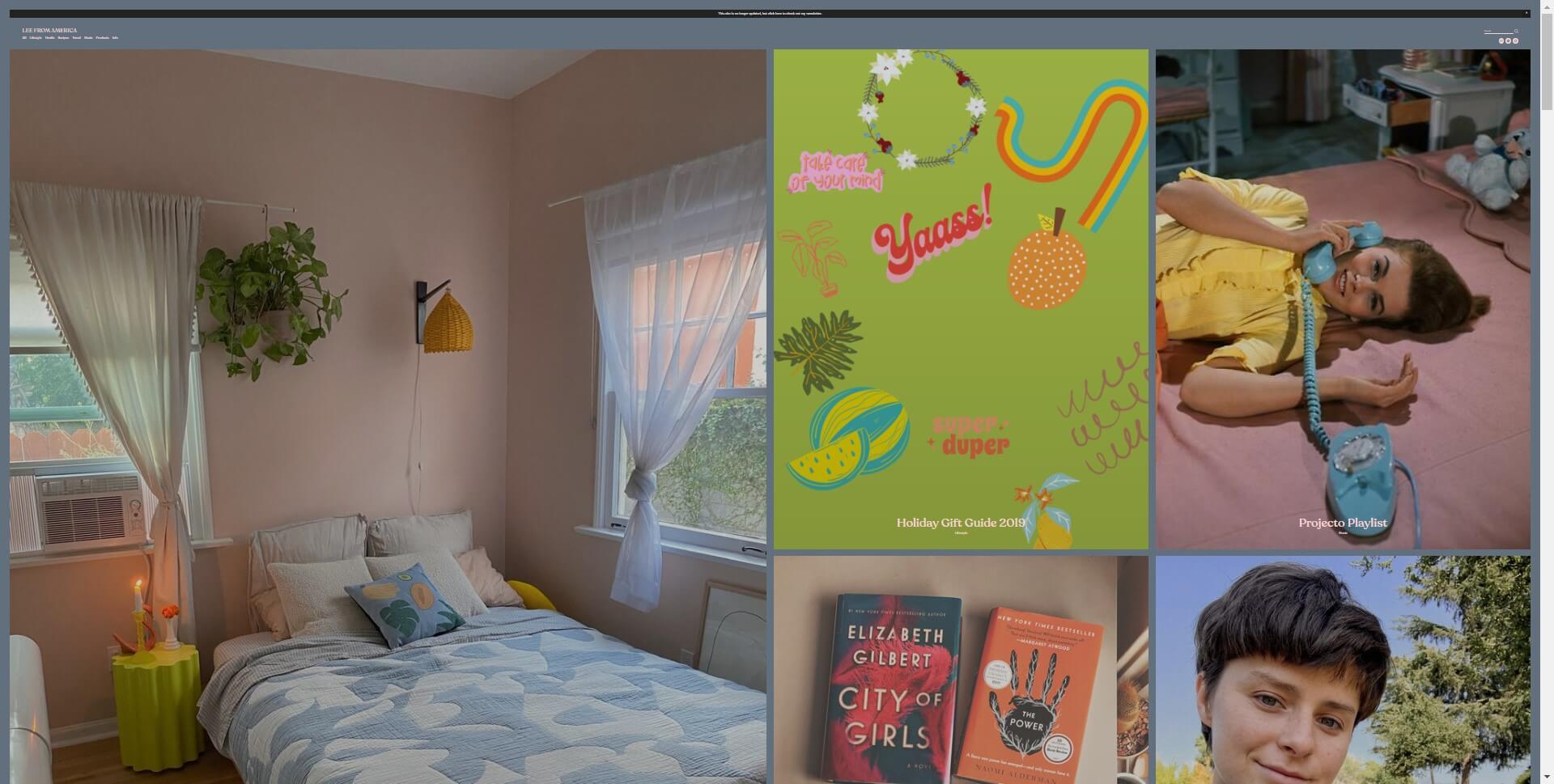
Conclusion
Starting a lifestyle blog can be a fun and rewarding experience especially for people who manage to become a successful lifestyle blogger. In this article, we've outlined the key steps to get started, including defining your niche, choosing a blogging platform, creating engaging content, and promoting your blog. We've also provided examples of successful lifestyle bloggers to inspire you along the way. Remember to stay true to your voice and vision, and with hard work and dedication, you can create a thriving blog that resonates with your audience. So what are you waiting for? Start your own lifestyle blog today!























